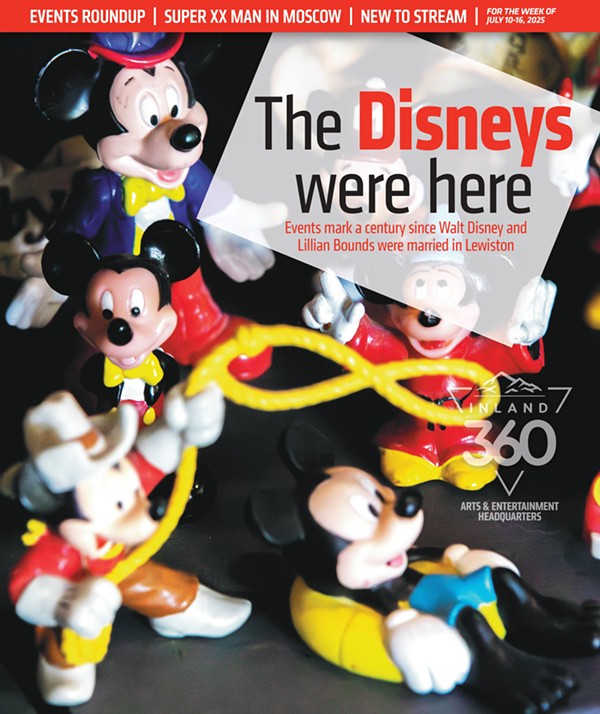For a period of time, Bette Ellis Jordan walked on water in the world’s opinion.
In the late 1950s and early ’60s the Lewiston-Clarkston Valley teen dominated the sport of women’s log birling winning the world championship five times. Her face appeared in Sports Illustrated and Seventeen magazines. She was invited to perform around the U.S. and Canada.
Jordan, 72, is modest about her past fame. She birled her last log around 1984 and at one point threw away her birling shoes, thinking she’d never need them again. Her husband rescued them from the trash. They will be on display Saturday as part of the Smithsonian Hometown Teams traveling exhibit at the Lewis-Clark State College Center for Arts & History in Lewiston.
“It’s kind of a lost art,” Jordan says about the sport that originated among North American lumberjacks and has faded with the mechanization and corporatization of the timber industry.
Log rolling, also called birling and roleo, started in communities where people used rivers to transport trees from forests to mills. Lumberjacks walked on floating logs to free jams. Eventually contests arose over who could stay dry the longest. A log birling competition pits two people against each other on one log with each using a series of fast, slow and reverse spins and braking techniques in an attempt to knock the other off.
Jordan was born into a family of lumberjacks that homesteaded above Dent Acres outside Orofino. She recalls an uncle birling a ball in the water. She was 9 when her brother-in-law, Roy Bartlett, began teaching her to birl. Bartlett worked as a “pond monkey” on log drives for Potlatch Forests Inc. He eventually became coach to a team of champion birlers and built an 18-foot-by-31-foot, 3-foot deep concrete pool in his Lewiston backyard for practice.
“No use having it where the kids had to go swimming,” Bartlett, 86, says about the shallow depth.
Jordan won her first birling contest at age 13 at Orofino Lumberjack Days. She attributes her success to an athletic childhood.
“I’d walk a mile to ride my horse,” says Jordan, who was the 1962 Lewiston Roundup queen.
Potlatch was a major sponsor for the team and flew Jordan and Bartlett to Farragut State Park on the company jet for a national Boy Scout Jamboree. Another time she was featured during a company convention at a rooftop pool at Spokane’s Davenport Hotel. A special crane delivered a log from the street below. In 1962 she and another local champion, Barbara Peturka, toured Canada in a sports show. They did “trick and fancy” birling with Jordan jumping rope and Peturka hoola hooping, Jordan recalls. Other acts included gymnasts, a dog show, Happy Davis the clown and Zip the Chimp.
“It was like a circus,” Jordan says. “It was good money and big crowds.”
Jordan married in 1963 and in the coming years retired to become the mother of two children who never birled. She’s surprised the subject keeps coming up. Lately she has told her story for a documentary film in the works called “Queens of the Roleo” by David Jones, of Bend, Ore.
In all, four valley women on Bartlett’s team won 11 world championships from 1958 to 1972. The sport’s popularity is one of the reasons there’s a public birling pond at Clearwater Park in North Lewiston, although the logs disappeared years ago as the sport’s popularity waned.





















